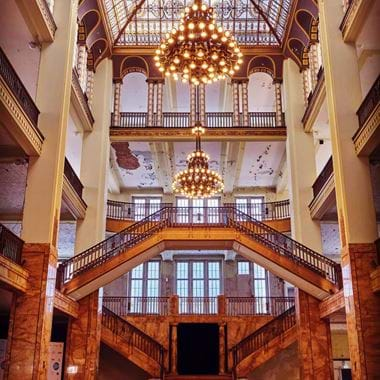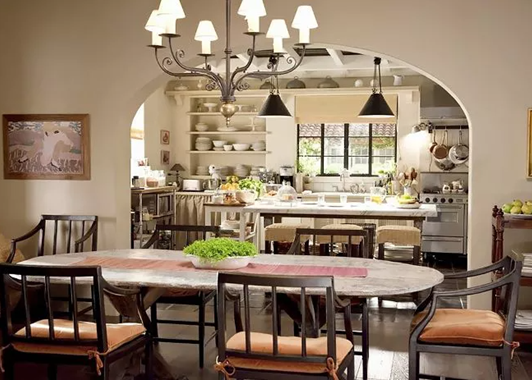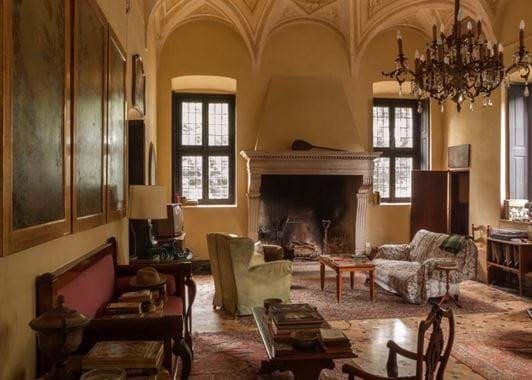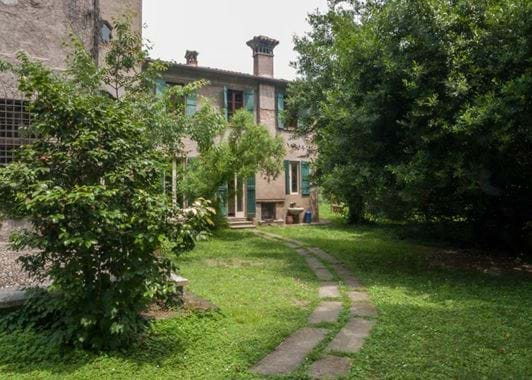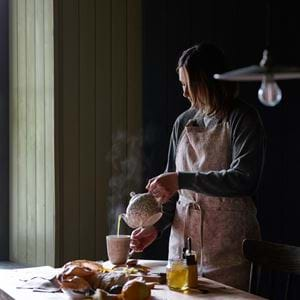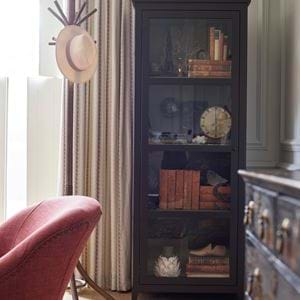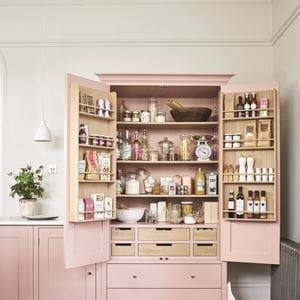Inspired by the silver screen
Inspired by the silver screen
You’re probably watching more movies than ever right now, so why not be inspired by the sets as well as the narrative? Join interiors writer and editor, Claudia Baillie, as she delves into the films of four acclaimed directors with four very different cinematic styles, all of which should be watched (or indeed re-watched) as much for their stunning interiors as for their engaging storylines.
Wes Anderson
So iconic are Wes Anderson’s onscreen interiors that they’ve fostered a multitude of tribute Instagram accounts, including my favourite, @accidentallywesanderson. Filled with saturated colour, pleasing symmetry and a plethora of exquisite detail, these are sets to make your heart truly sing. For maximalist inspiration it has to be The Royal Tenenbaum’s New York townhouse, where Turkish rugs, raspberry walls and dark wood panelling are complimented by a series of enviable light fittings, and where Margot’s room, papered in an exotic, deep red zebra motif is most definitely a mood. Also unmissable are the saccharine sets of The Grand Budapest Hotel, an Art Nouveau masterpiece filmed in the Görlitzer Warenhaus department store in Germany. With its sugared-almond colour palette and abundance of archways, the 2014 film has since inspired a multitude of bar, restaurant and residential interiors, while Bar Luce at the Prada Foundation in Milan is designed by Wes Anderson himself.
Tom Ford
Filmed at the Schaffer Residence, a Californian property built by renowned American architect John Lautner in 1949, A Single Man is a veritable design lover’s dream. One would expect nothing less than perfection from fashion megastar Tom Ford, who made his directorial debut with this 2009 film, and who also – perhaps unsurprisingly – holds a degree in architecture from The New School in New York. A classic combination of redwood panelling and neat brick walls form the backdrop for a selection of handsome mid-century furniture, textural linens and an ochre and deep red colour scheme, while vast glass panels on both the walls and ceiling let light filter in through the surrounding forest. With its low-key approach and sophisticated atmosphere, this is modernist style at its absolute finest.
Nancy Meyers
Somethings Gotta Give, It’s Complicated, The Holiday, What Women Want – Nancy Meyers’ tally of box office hits is a truly impressive one. But what we really want from the American director’s movies is their desperately chic interiors. A masterclass in layering a neutral palette, what could be bland beiges, creams, ecrus and greys come together to create calming, relaxed and accessible rooms that feel just like home, even if your own interior style leans towards something completely different. Each spacious, sun-filled set is packed – but not too packed – with elegant upholstery, stylish scatter cushions and capacious dining tables laid for family suppers that we’re all dying to be invited to, while the variations on Shaker style kitchens (see specifically Father of the Bride and The Intern) are said to be some of the most copied in the business.
Luca Guadagnino
If any film has us yearning for a farther-flung trip than our garden this summer, it’s Luca Guadagnino’s Call Me By Your Name. Filmed at Villa Albergonia, a distinguished yet dilapidated 17th-century mansion near Crema in the Lombardy hills, it’s an evocative tribute to Italian interiors and the countryside in which it’s set. Director Guadagnino worked closely with interior-turned-set designer Violante Visconti di Modrone, who spent weeks gathering furniture and paintings from local antiques shops, as well as bringing in pieces from the homes of her family and friends to create a loved and lived in feel. Highlights include the vertiginous wall of well-thumbed books in the delightfully cluttered study, as well as a wealth of terrazzo, vintage rugs and chevron parquet, which add to the faded charm. Also making it straight on to our ‘Vintage Italian’ moodboard is the turquoise Art Deco bathroom and the higgledy-piggledy kitchen, complete with hanging copper pots and a gingham-skirted sink.

